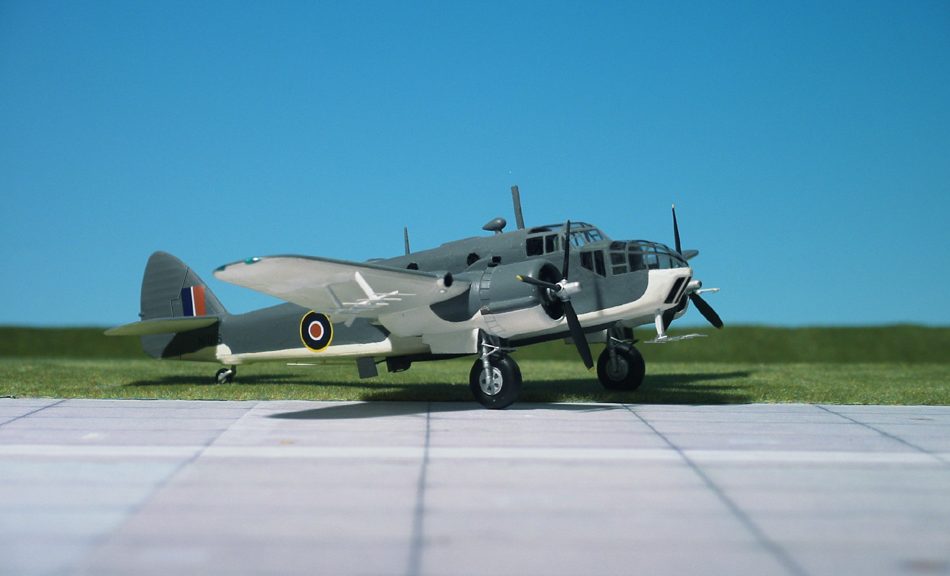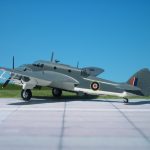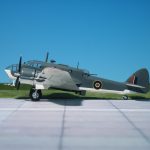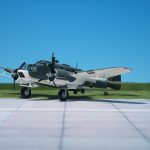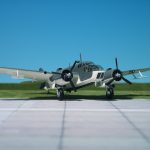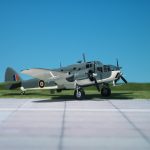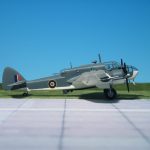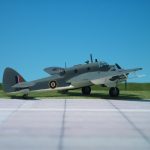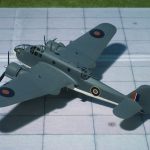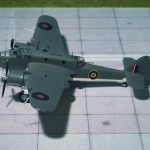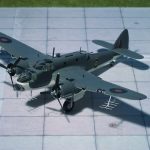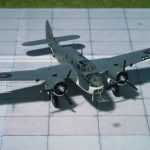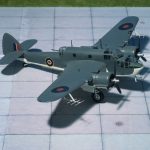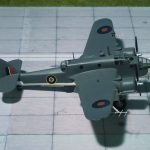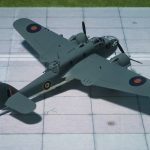TYPE: Torpedo bomber, bomber, trainer
ACCOMMODATION: Crew of four
POWER PLANT: Two Prat & Whitney R1839 “Twin Wasp” radial engines, rated at 1,130 hp each
PERFORMANCE: 272 mph at 6,500 ft
COMMENT: The Bristol “Beaufort” was a British twin-engined torpedo bomber designed by the Bristol Aeroplane Company, and developed from experience gained designing and building the earlier Bristol “Blenheim” light bomber.“ Beauforts” first saw service with Royal Air Force Coastal Command and then the Royal Navy Fleet Air Arm from 1940. They were used as torpedo bombers, conventional bombers and mine-layers until 1942, when they were removed from active service and were then used as trainer aircraft until being declared obsolete in 1945. “Beauforts” also saw considerable action in the Mediterranean. Squadrons based in Egypt and on Malta helped interdict Axis shipping supplying Rommel’s “Deutsches Afrikakorps” in North Africa. Some were fitted with ASV radar aerial arrays under both wings and forward fuselage. Although it was designed as a torpedo-bomber, the “Beaufort” was more often used as a medium day bomber. The “Beaufort” also flew more hours in training than on operational missions and more were lost through accidents and mechanical failures than were lost to enemy fire. The “Beaufort” was adapted as a long-range heavy fighter variant called the Bristol “Beaufighter”, which proved to be very successful and many “Beaufort” units eventually converted to the “Beaufighter”. At least 1,180 “Beauforts” were built by Bristol and other British manufacturers.
The Australian government’s Department of Aircraft Production (DAP) also manufactured variants of the “Beaufort”. These are often known collectively as the DAP “Beaufort”. More than 700 Australian-built “Beauforts” saw service with the Royal Australian Air Force in the South West Pacific theatre where they were used until the end of the war (Ref.: 24).
